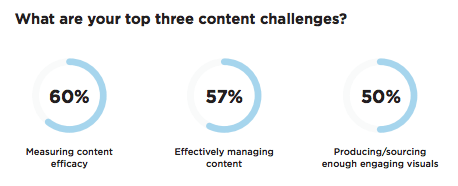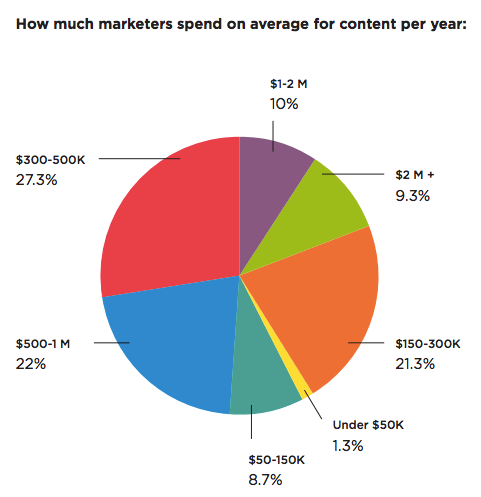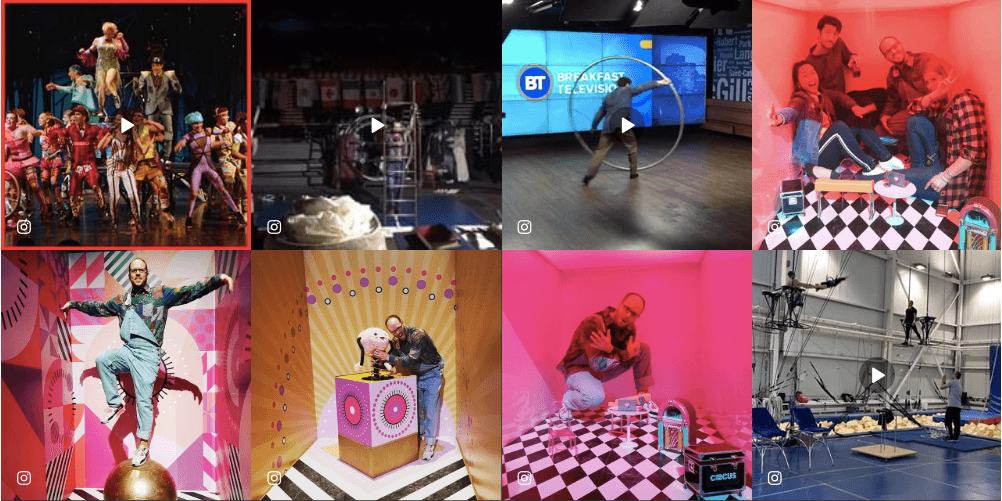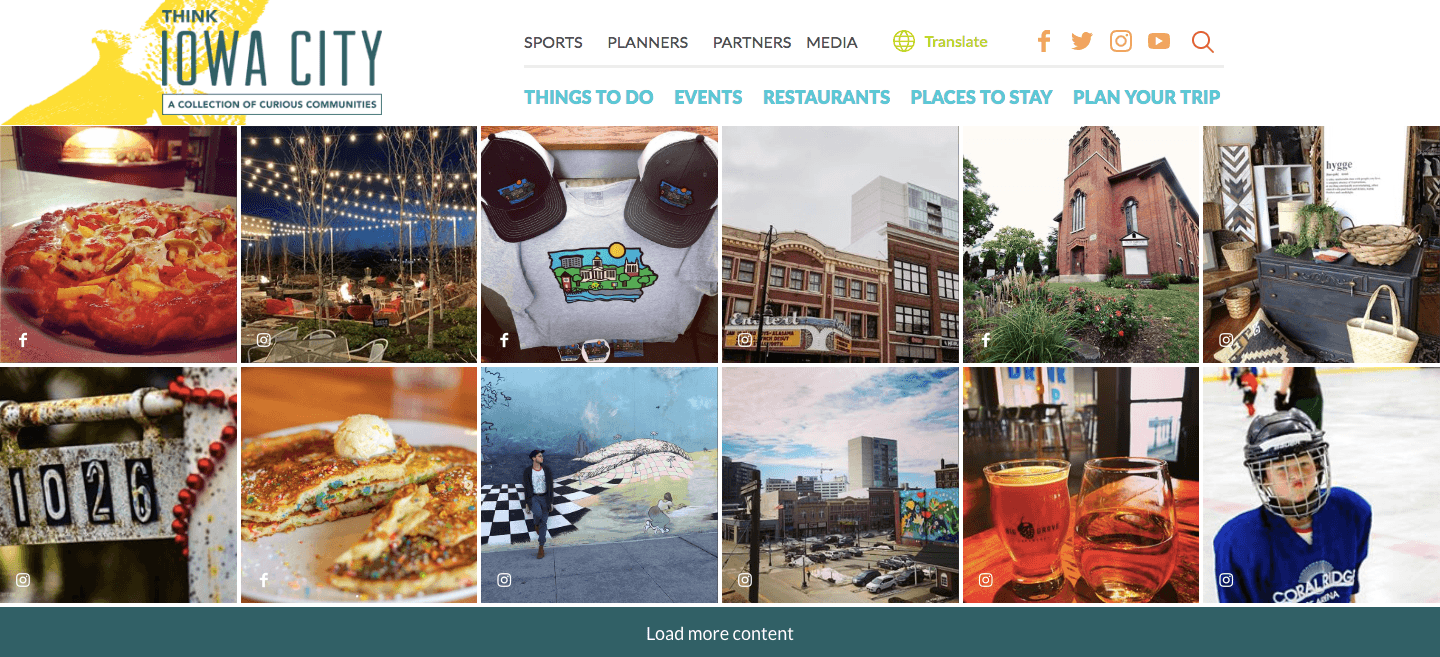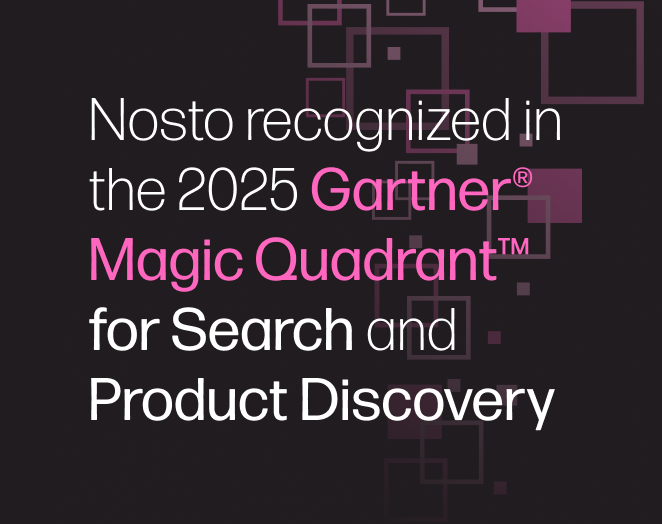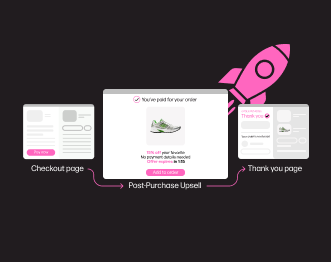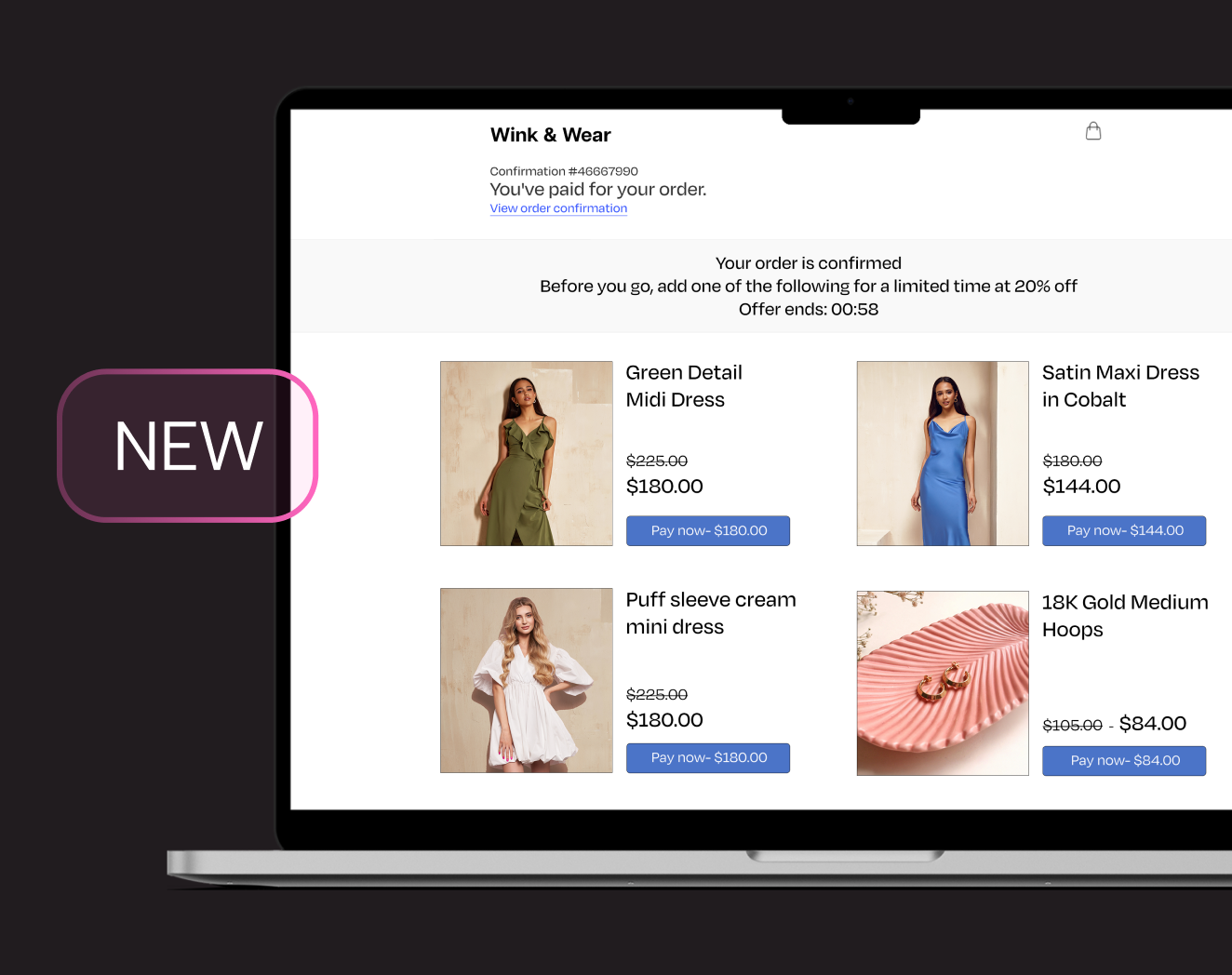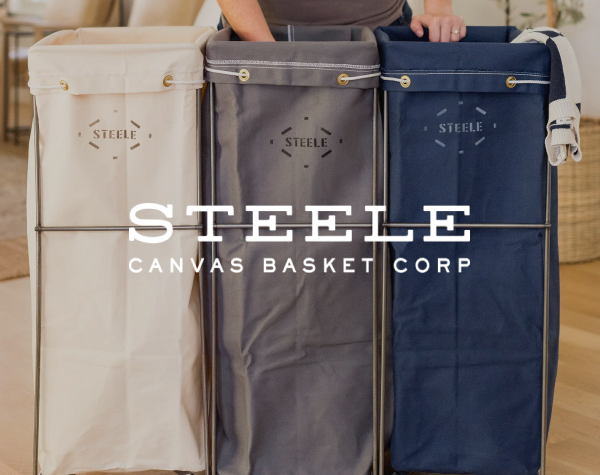The Top Content Marketing Challenges (And How to Solve Them)
Across industries, marketers face similar challenges. With consumers now demanding consistently authentic and visually-engaging brand experiences, it’s imperative that marketers deliver content that matters and motivates. We recently surveyed global marketers to better understand the challenges they’re confronted with on the path to achieving their content marketing goals.
The majority of marketers told us their top three marketing content challenges are measuring content efficacy, effectively managing content and producing or sourcing enough engaging visuals.
But it’s not simply the measuring, management and sourcing of engaging visuals that concerns marketers; it’s the ever-increasing pressure on them to deliver more visuals at a faster pace.
Stackla’s report found that 63 percent of marketers feel pressure to continually produce greater amounts of content at a higher frequency. And, according to Venngage, when asked on a scale from 1 to 10 how difficult it is to produce visual content consistently for their brands, 47 percent of marketers reported a level 7 — very difficult — or above.
These are tough challenges to overcome, and they present themselves with significant costs to boot. Over 19 percent of B2C marketers spend an average of over $1 million on content annually, 41 percent spend over $500,000 and 69 percent spend north of $300,000 per year. That’s a significant chunk of a marketing budget going toward creating the content that marketers think consumers want to see.
So, what types of content are marketers spending all of this money on, how are they creating it and is it actually worth all of this time and budget spend?
The majority of marketers are either spending time to create visuals internally or they’re spending marketing budget on outsourcing this creative to third-party agencies — and more often than not, they’re leveraging a combination of these methods. Sixty-seven percent of marketers always or very regularly use internal design and creative teams to create visual content for their brand, as well as marketing agencies (57%), in-house photography (53%) and stock photography (41%). In fact, Beckon Research found that brands spend 3x year-over-year to increasingly create more branded content, only to see diminishing returns on that investment, since 95 percent of branded content is ignored by consumers. But how can that be?
As it turns out, there’s a disconnect when it comes to the content marketers are creating and the content that consumers actually want to see from brands. Consumers overwhelmingly seek authenticity from brands and are 2.4x more likely to say user-generated content (UGC) is most authentic when compared to branded content. But, marketers see brand-created content as 2.1x more authentic than user-generated content. And although 67 percent of marketers say they plan to increase their use of branded visuals in 2019, only 15 percent of consumers say that’s the type of content they want to see from brands — a gap in perspective that’s costing marketers valuable time and money.
How can marketers deliver on the promise of consistent, engaging content that resonates without breaking the bank? By bridging the gap with a UGC-centric brand strategy.
Marketers that implement user-generated content into their marketing strategies save ample time and cut the costs that are currently spent creating content, all while delivering the visuals that consumers actually find influential when making a purchase decision. When 79% of people say UGC is the most influential content a brand can deliver, it’s clear that capitalizing on the content consumers are already creating every day will ease marketers’ content production anxieties while boosting their performance.
Look at Cirque du Soleil, who leverages fresh user-generated content from fans and performers at all 18 shows — plus their eight Blue Man Group shows in various U.S. and global markets — across their webpages, social commerce, emails and digital in-venue billboards.
“Our fans generate nearly 50,000 pieces of authentic content every 3 months and we utilize around 13,600 of those visuals across our digital channels,” said Pierre-Paul Larivière, Director of Digital Ecosystem at Cirque du Soleil. “It would take two additional full-time employees to manually go through that volume of content, but with Stackla our existing team can curate and moderate all that content in just a few hours per week—leaving more time for us to focus on other activities that can move the needle for our business.”
And UGC isn’t just an effective strategy for large scale enterprises like Cirque du Soleil; Think Iowa City sees similar results with UGC. Prior to optimizing their content strategy with both local resident and tourist-created content, the team was spending hours coordinating photoshoots and outsourcing creative to agencies. By placing user-generated content at the forefront of the brand’s visual strategy, Think Iowa City improved web performance, expanded social engagement and increased staff time efficiency. In less than four months, the team sourced over 61,000 free and authentic UGC images to use across their marketing channels.
Throughout varying industries, company sizes and target audiences, marketers struggle with the same challenges of producing enough engaging visuals at a fast enough frequency. But, the sheer abundance of freely available customer-created visuals has the immense potential to lower the high costs most brands currently pay for content.
Let your customers’ content solve your brand’s content marketing challenges (and you’ll make some real customer connections while you’re at it).

